Farming stopped being described as a craft with the industrialisation of agriculture, yet now, more than ever, farmers are able to shape the materials with which they work. Maria’s internationally acclaimed sculptural works create a bridge between cutting edge science and the wider public, to reveal how the complex discipline of genomics is being actively applied to food production.
Shaping the cow of the future
In pre-Christian Europe, people annually performed customs in relation to the reaping and sewing of the harvest. These rituals have since been interpreted as an attempt to influence the future behaviour of nature. Part of this practice involved making a corn dolly, an object made through the intricate handcraft of binding straw with the final sheaf of that years crop. This figurine is regarded as the vessel to where the spirit of the harvest resorted and resided through the winter months after the crop was reaped. In spring it would be returned to the earth by being buried under the first sown seed. This doll has since become a symbol of fertility, both of the land and the living creatures that feed off it.
In contemporary society, the branch of knowledge known as genomics has given humans the ability to truly influence how nature behaves in future generations of animal and plant species. Having gained an understanding of the complex structure of genes and their functionality, the emergence of bioinformatics has allowed scientists to direct breeding strategies with the objective of achieving more physically healthy and commercially productive animals. The magic has become, in a sense, real.
Sculptural works
The colourful objects on the bull’s back are made from semen straws, the storage receptacles used in the artificial insemination process. Produced in highly hygienic environments, these receptacles come in a variety of bright colors to help distinguish between different bull’s semen while being stored in liquid nitrogen. With this material Maria employs the obsolete craft of straw binding once used to make corn dollies and harvest knows to create an intricate hand-made object. The animals are the bearers of these ceremonial-inspired sculptures. Together, the carrier and object coalesce into something strange and entrancing.
Maria McKinney’s genomic sculptures have been shown at the Royal Hibernian Academy in Dublin and the National Ploughing Championships. Projects are realised in consultation with a veterinarian and the artist works closely with the animal’s handlers to ensure that they are not made uncomfortable or distressed while making the work. In the following video a dairy farmer responds to an exhibition of the work: https://www.youtube.com/watch?v=GfX2pkczsPo
The Jersey Genome
In collaboration with Jersey Island Genetics, the RJA&HS, the Jersey Cattle Society and Jersey cattle farmers, Maria will explore the way the Jersey breed has evolved, looking at historical contexts, the effect of geographical terrain and local environmental conditions and more recent developments, with the work of Jersey Island Genetics, the introduction of the Angus line into the meat herd and the activities of the RJA&HS in Rwanda.
The result of Maria’s research will lead to a series of captivating sculptural works and images, a live event and public presentation, as part of an exhibition exploring the island’s maker cultures at the Jersey Museum in 2019. School groups and visitors to the museum will have an opportunity to engage with the process of making the sculptures and the gallery will temporarily become the artists studio.
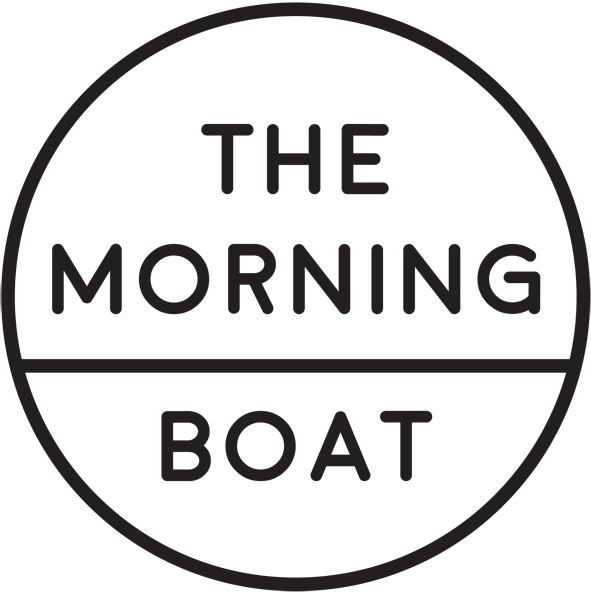

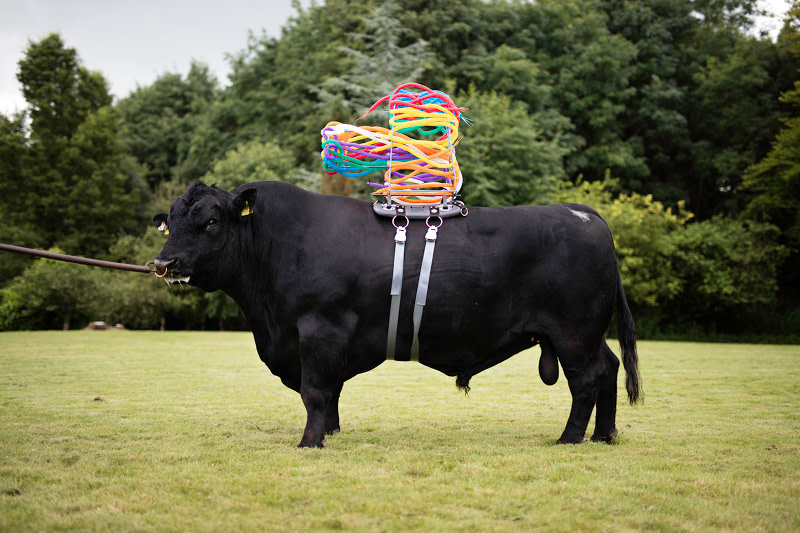
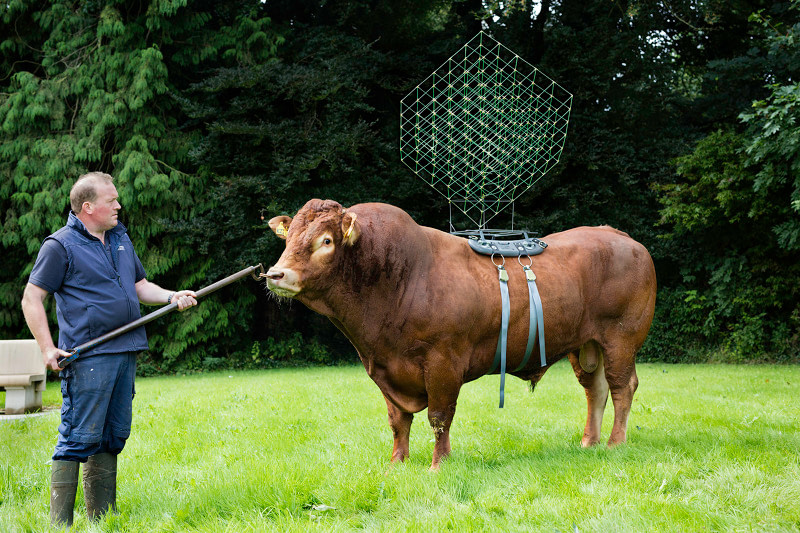
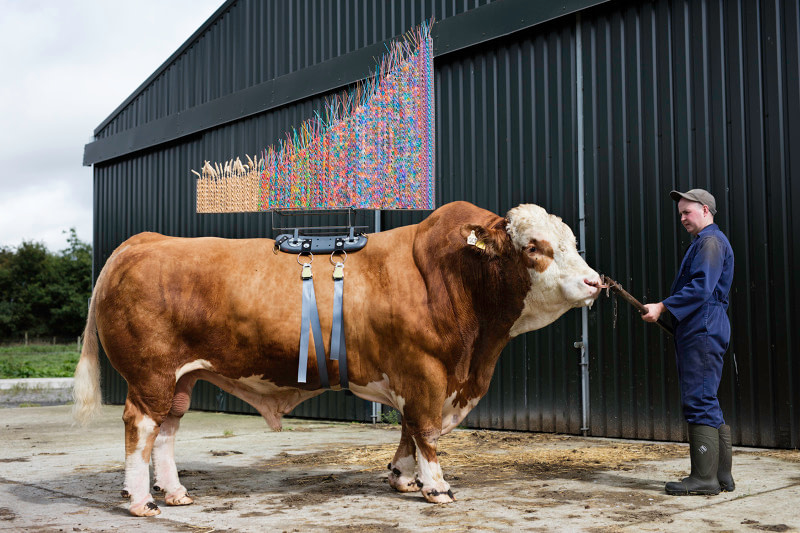
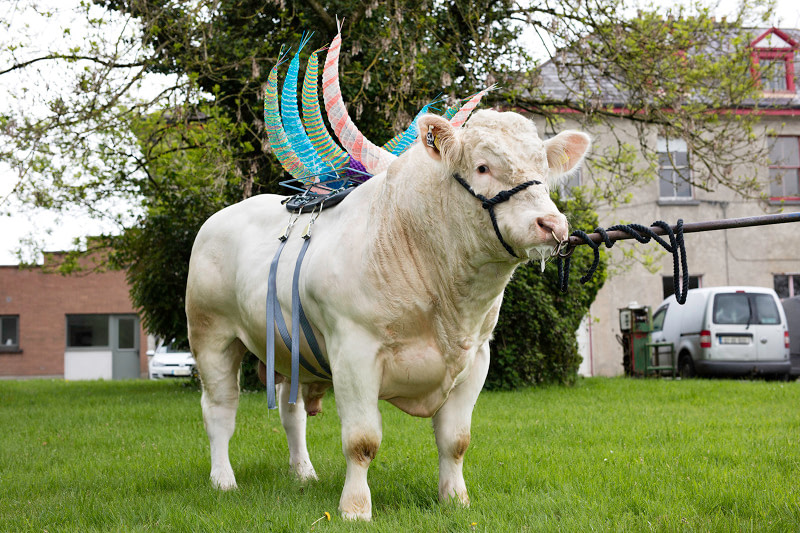
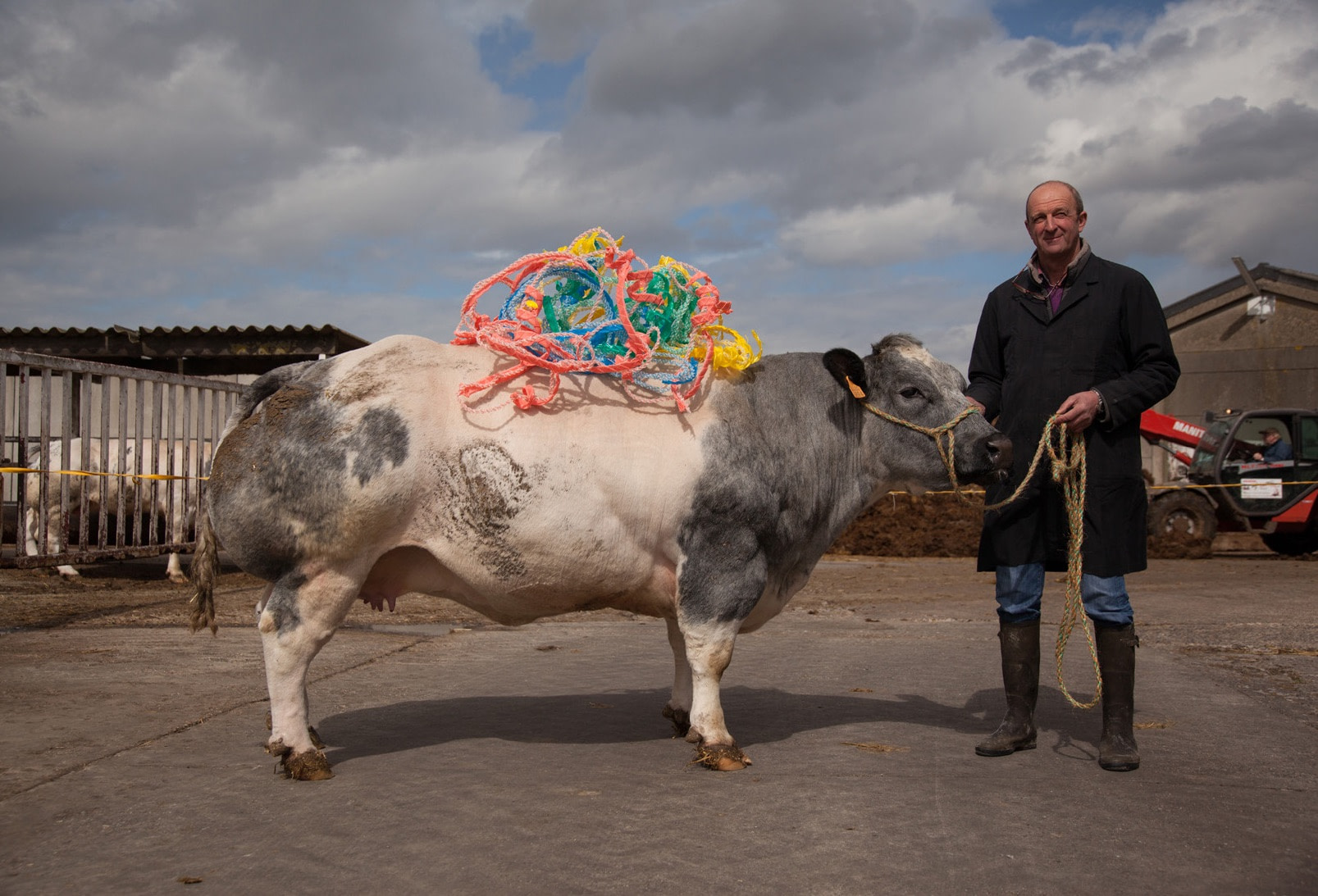
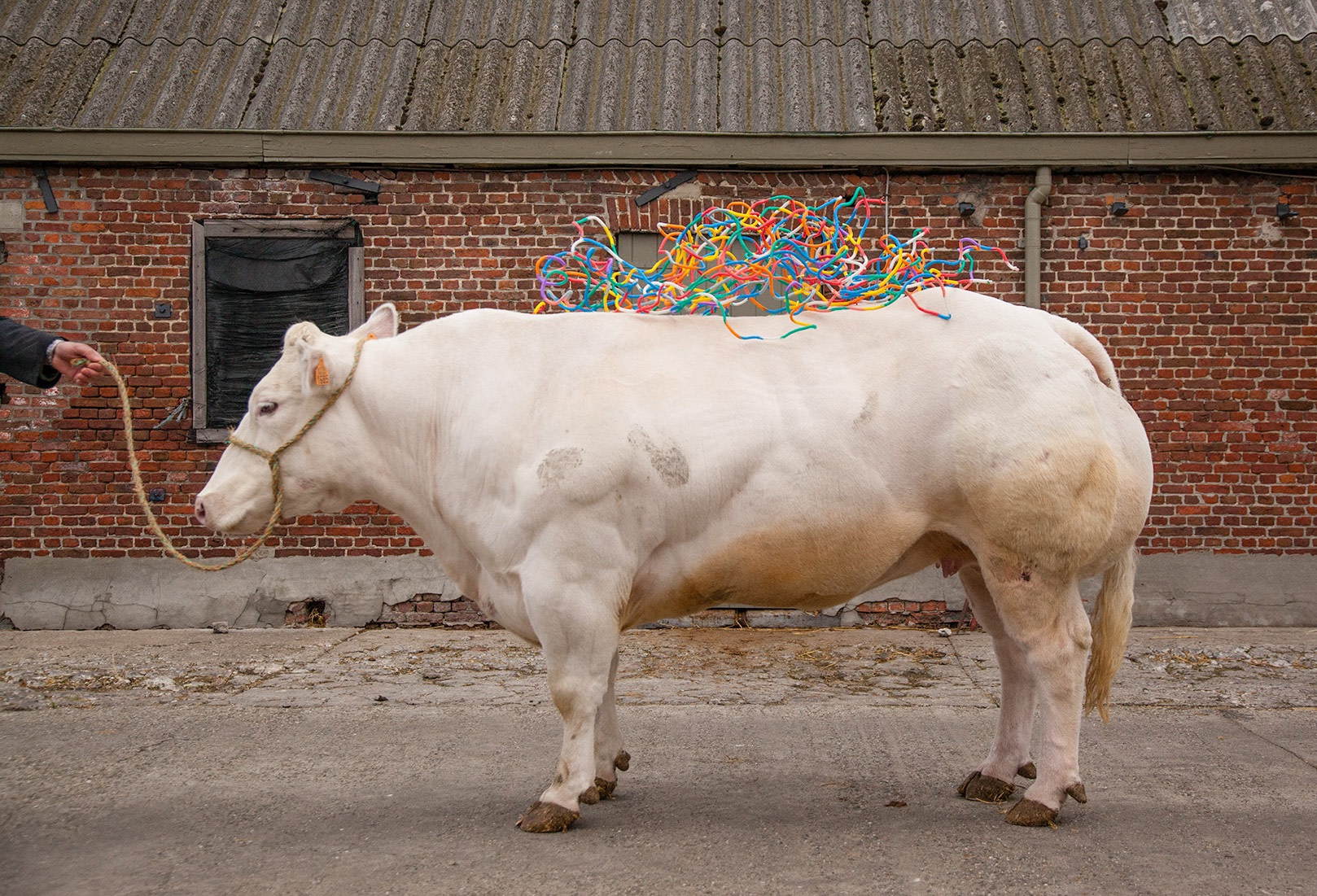




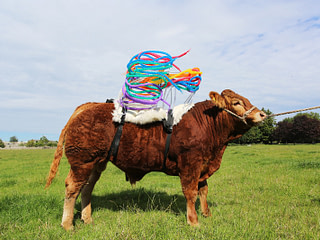
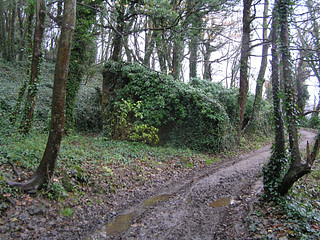
Leave a Reply